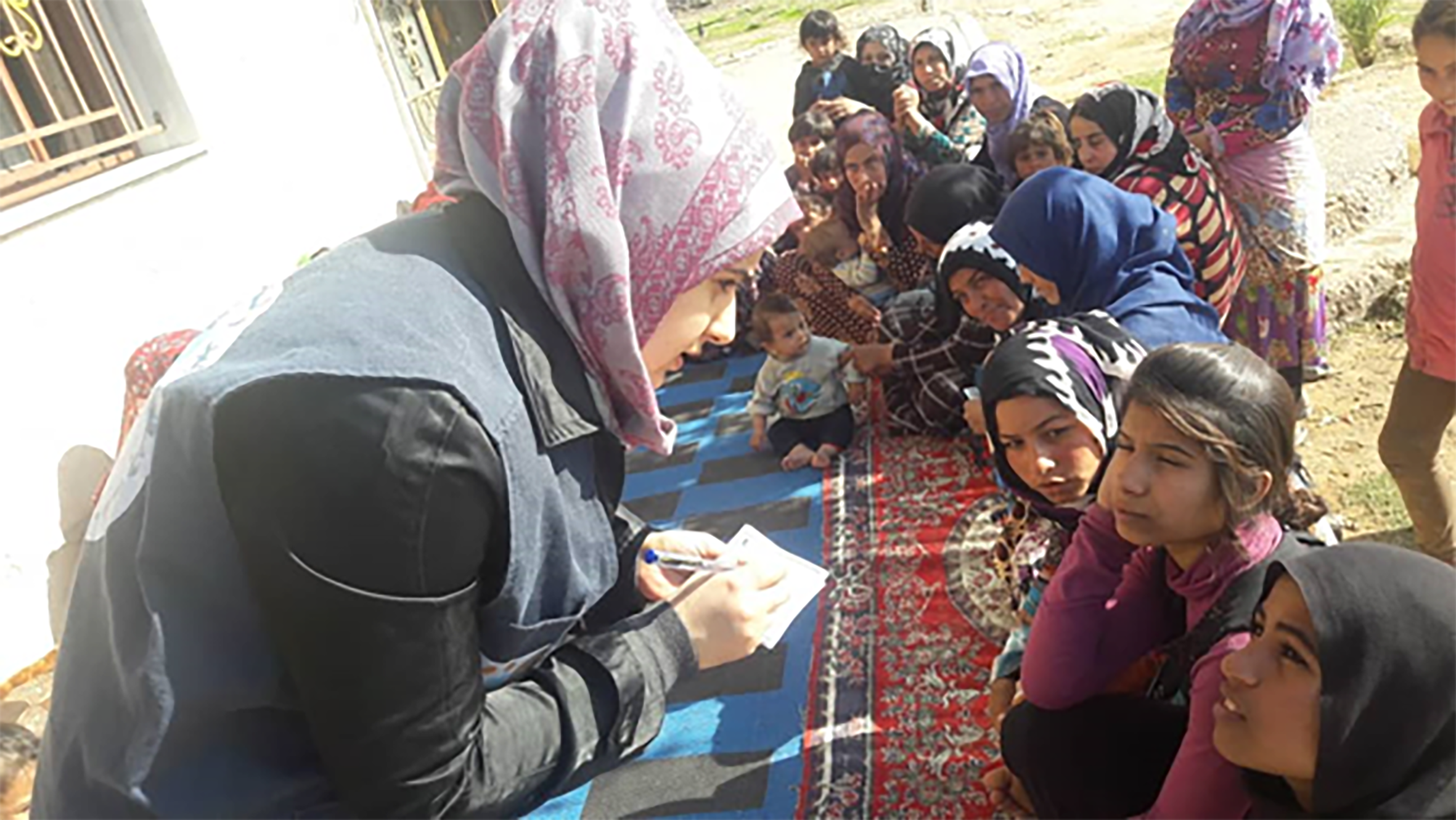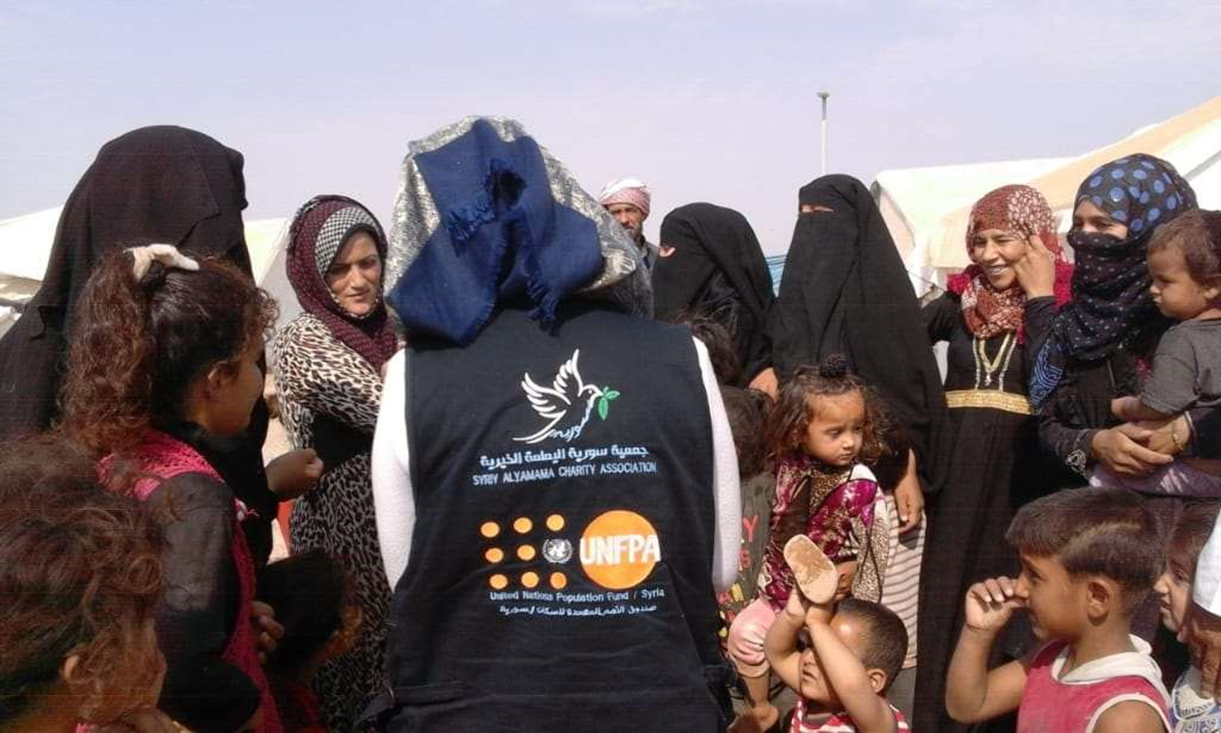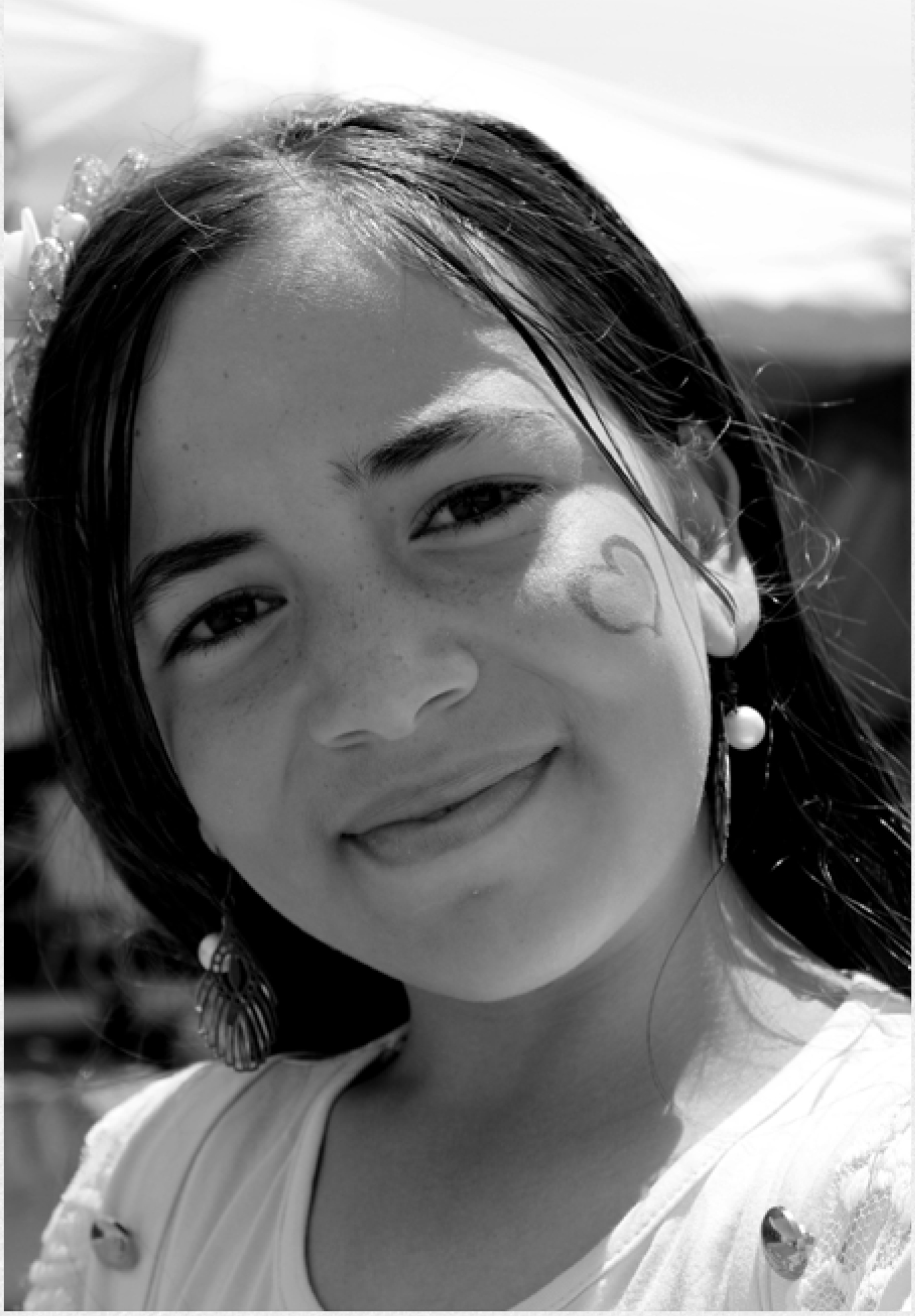You are here
New Releases

UNFPA North-East Syria Flash Update #12
To date, 70,590 people, including 17,648 women of reproductive age (WRA), remain displaced from North-East Syria (NES), to Al-Hassakeh, Ar-Raqqa and Aleppo governorates. Displaced people have, in the majority, found shelter in local communities but also in informal settlements and collective shelters. In recent weeks, three new informal IDP settlements have been established: Tweineh (hosting an estimated 4,120 people), Tal-Samen (estimated 20 people) and Daham (estimated 1,800 people). There are 77 shelters in Al-Hassakeh Governorate. An estimated 129,041 displaced people are reported to have returned to their places of origin. Of these, 118,936 have returned to Al-Hassakeh and Ar-Raqqa, including: 18,200 to Qamishli, 7,625 to Tal Tamer, 8,425 to Al-Malikeyyeh, 42,869 to Ras Al Ain and 41,817 to Tal Abyad in Ar-Raqqa. In Aleppo 10,105 have returned, mainly to Menbij.[1] With the continued drastic drops in temperatures, women and girls are adversely affected by the cold weather and dire needs for NFIs that will protect them from the weather continue to persist.

Regional Situation Report for the Syria Crisis - Issue # 87 - November 2019
The Regional Situation Report for the Syria Crisis offers a bird’s eye view of UNFPA’s operations within the context of the Syria Crisis. The report is prepared by the UNFPA Regional Syria Response Hub in Amman, Jordan, and spans operations conducted by UNFPA offices in Syria, Jordan, Lebanon, Turkey, Iraq, and Egypt, in addition to operations conducted inside Syria and managed from cross-border Turkey.

North-East Syria Flash update #11
To date, 75,438 people, including 18,860 women of reproductive age, remain displaced from AlHassakeh, Ar-Raqqa and Aleppo governorates. 117,132 people have returned to their areas of origin. A large number of this population has been displaced more than once. Displacement continues from conflict-affected areas between Ras al-Ain and Tal Tamer such as Alahras, Alamiriyah, Abu Rasian, Um Alkhair, Dahr Alarab, Almahmoudiya and other villages. Partners formerly in these locations have diverted programs and resources to respond to protection needs of newly displaced populations in Tal Tamer, Al-Hassakeh, Areesha camp, Mahmoudli camp, Ar-Raqqa city and surrounding areas. With the continued drastic drops in temperatures, women and girls are adversely affected by the cold weather as there are dire needs for NFIs that will protect them from the weather.

North-East Syria Flash update #10
To date, 75,438 people, including 18,860 women of reproductive age, remain displaced from Al-Hassakeh, Ar-Raqqa and Aleppo governorates. 117,132 people have returned to their areas of origin. A large number of this population has been displaced more than once. Displacement continues from conflict-affected areas between Ras al-Ain and Tal Tamer such as Alahras, Alamiriyah, Abu Rasian, Um Alkhair, Dahr Alarab, Almahmoudiya and other villages. Partners formerly in these locations have diverted programs and resources to respond to protection needs of newly displaced populations in Tal Tamer, Al-Hassakeh, Areesha camp, Mahmoudli camp, Ar-Raqqa city and surrounding areas.1 With the continued drastic drops in temperatures and winter approaching, women and girls are adversely affected by the cold weather as there are dire needs for NFIs that will protect them from the weather.

Reporting on Gender Based Violence in the Syria Crisis - A Journalist’s Handbook
This handbook is designed to help journalists take on this challenging topic, with a particular emphasis on Syria, Jordan, Lebanon, Iraq, Egypt and Turkey, those countries most affected by the Syrian crisis.
The handbook has been developed by the United Nations Population Fund (UNFPA). It sets out to examine some of the terminology, ethical questions, and practical concerns associated with covering GBV, and to provide an overview of some of the organisations involved in combating GBV and providing support services for survivors.
Whilst effective reporting on GBV requires a certain amount of extra effort to get it right, doing so involves building upon internationallyrecognised ethical principles which all journalists should be familiar with: accuracy, fairness, as well as respect for and protection of your interviewees.

North-East Syria Flash update #9
To date, 75,438 people, including 18,860 women of reproductive age, remain displaced from AlHassakeh, Ar-Raqqa and Aleppo governorates. 117,132 people have returned to their areas of origin. A large number of this population has been displaced more than once. Displacement continues from conflict-affected areas between Ras al-Ain and Tal Tamer such as Alahras, Alamiriyah, Abu Rasian, Um Alkhair, Dahr Alarab, Almahmoudiya and other villages. Partners formerly in these locations have diverted programs and resources to respond to protection needs of newly displaced populations in Tal Tamer, Al-Hassakeh, Areesha camp, Mahmoudli camp, Ar-Raqqa city and surrounding areas.1 With the continued drastic drops in temperatures and winter approaching, women and girls are adversely affected by the cold weather as there are dire needs for NFIs that will protect them from the weather.

UNFPA Regional Situation Report for the Syria Crisis - Issue # 86 - October 2019
The Regional Situation Report for the Syria Crisis offers a bird’s eye view of UNFPA’s operations within the context of the Syria Crisis. The report is prepared by the UNFPA Regional Syria Response Hub in Amman, Jordan, and spans operations conducted by UNFPA offices in Syria, Jordan, Lebanon, Turkey, Iraq, and Egypt, in addition to operations conducted inside Syria and managed from cross-border Turkey.

UNFPA Syria| North-East Syria Humanitarian Response Flash Update #8
To date, 75,438 people, including 18,860 women of reproductive age, remain displaced from Al-Hassakeh, Ar-Raqqa and Aleppo governorates. 117,132 people have returned to their areas of origin. A large number of this population has been displaced more than once. Displacement continues from conflict-affected areas between Ras al-Ain and Tal Tamer such as Alahras, Alamiriyah, Abu Rasian, Um Alkhair, Dahr Alarab, Almahmoudiya and other villages. Partners formerly in these locations have diverted programs and resources to respond to protection needs of newly displaced populations in Tal Tamer, Al-Hassakeh, Areesha camp, Mahmoudli camp, Ar-Raqqa city and surrounding areas.1With the continued drastic drops in temperatures and winter approaching, women and girls are adversely affected by the cold weather as there are dire needsfor NFIs that will protect them from the weather.

The Inter-Agency Minimum Standards for Gender-Based Violence in Emergencies Programming
Gender-based violence is a horrifying reality and human rights violation for women and girls globally. During emergencies, the risk of violence, exploitation and abuse is heightened. Humanitarian actors have an ethical imperative to prevent and respond to gender-based violence.

UNFPA Syria| North-East Syria Humanitarian Response Flash Update #7
To date, 74,381 people remain displaced from Al-Hassakeh, Ar-Raqqa and Aleppo governorates. 117,132 people have returned to their areas of origin in Al-Hassakeh, Ar-Raqqa and Aleppo. Of this population, 28,667 people have been displaced more than once. Overall, 90 active collective shelters in Al-Hassakeh and 1 in Ar-Raqqa are accommodating 16,931 people. 644 people (154 families) have now arrived at Tweina Camp.